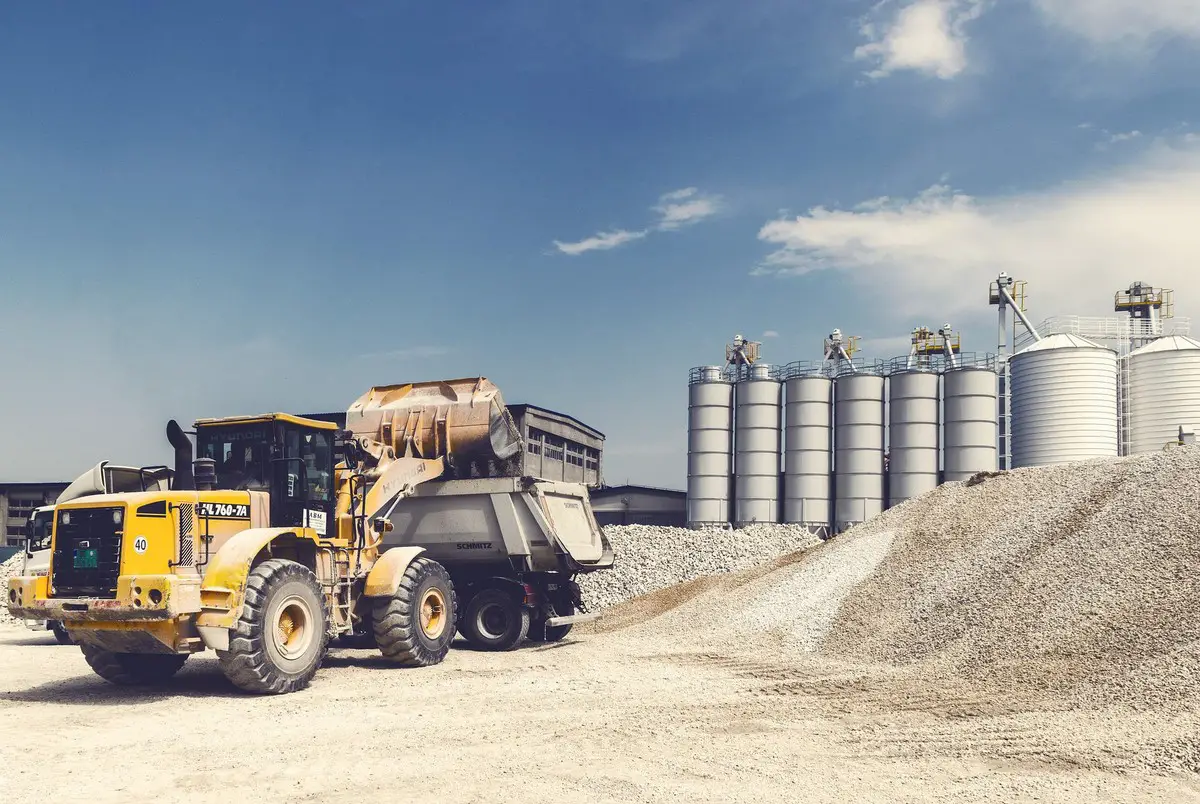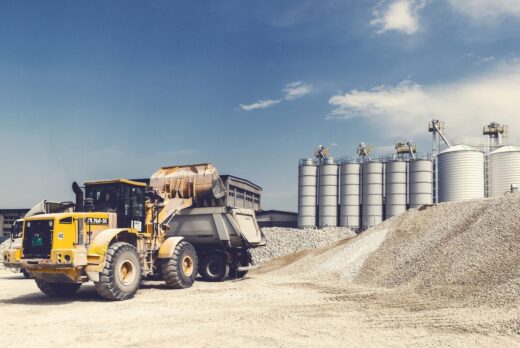4 steps to constructing an industrial building, Home tips, Online property build advice
4 Steps to Constructing an Industrial Building
25 Aug 2022
Constructing a building, especially for industrial or commercial purposes, can be a long and arduous process. However, with the right planning and investment, it’s easier than ever to build a very successful business from the ground up – literally!
Here are four important steps to constructing your own industrial building and avoiding major potholes along the way.
-
Starting from Scratch or Renovating?
You’ll need to make the decision early on about whether you intend to build from scratch or buy an old building for renovation.
There are pros and cons to both options – building from scratch requires a large amount of time and effort, and you will also need to obtain planning permission from the local council.
However, it means that you can build your structure entirely from your own design.
In contrast, renovating an older building can be faster but can often be very expensive. Plus, if the building is listed for any reason, you could run into problems with restrictions if you’re trying to modernise it.
-
Finances
You’ll need to be savvy when working out your finances for the build.
As with many things in life, setbacks can happen, like unexpected problems with the weather, terrain, supply issues, and added labour costs caused by any necessary overtime. Make sure you have a budget set out for emergencies that will cover anything likely to go wrong.
Don’t forget that banks can offer loans for financial support, and there are government schemes in place to support new industrial construction, such as the Plan for Growth.
-
Consider your Growth
If you’re a business that’s likely to grow substantially in the coming years, it would be wise to factor this in when building new premises, as you might need more space for production or offices. Using tools like AutoCAD Plant 3D Software can help in planning scalable layouts that accommodate future growth, especially for industrial facilities where precise spatial planning is critical.
It’s also worth noting that your space will also be used to showcase the values and ideals of your company to visitors and competitors, so having an organised and well-designed space is essential.
In recent years, it has become increasingly popular to create ‘flex’ space with multi-purpose workspaces where furniture can be added, removed or modified to accommodate the needs of the workforce.
Additionally, you can add graphic walls, plants and transparent walls as an aesthetic to give some character and light to the premises.
-
Sort out the Essentials
Make sure to factor in the essential items for a successful build such as robust plumbing, waste disposal, and electricity.
If your business is in the food and beverage sector, you will need to invest in reliable and high-quality machines for oil and grease removal, like a Fats, Oils and Grease Skimmer (FOGS) from companies like Smart Storm. This will remove fats, oils, and grease from your wastewater to maintain healthy sewers and prevent blockages from forming.
Do you have any tips for creating a successful industrial construction? Leave your answer in the comments below!
Comments on this guide to 4 steps to constructing an industrial building article are welcome.
Construction
Construction Posts
Reasons to Hire a Reliable Contractor
Impact of technology on the construction industry
Industrial architecture – prominent industry buildings
Building Articles
Residential Architecture
Comments / photos for the 4 steps to constructing an industrial building advice page welcome






